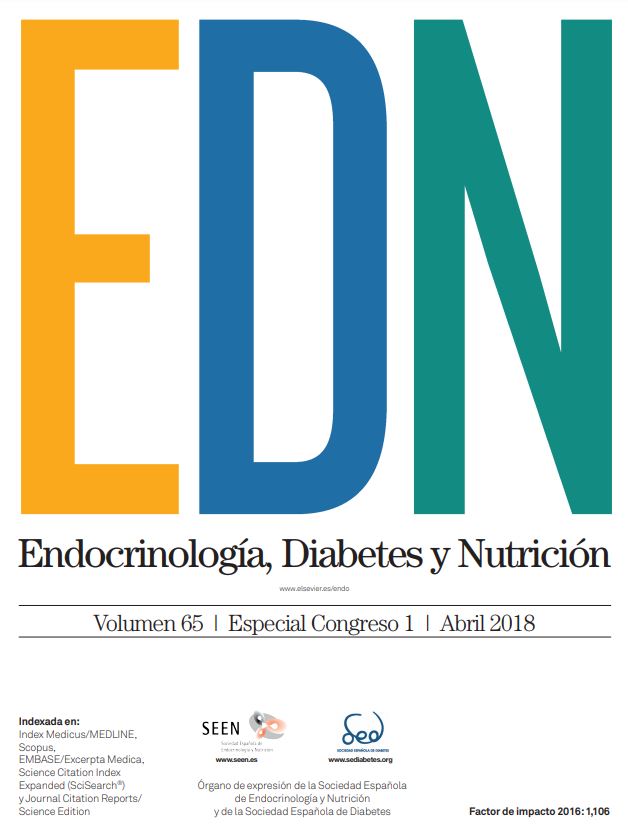P-035 - RESVERATROL AS A POTENTIAL DRUG FOR METABOLIC SYNDROME
Facultad de Farmacia, Universidad Complutense de Madrid, Madrid.
Objectives: Type 2 diabetes mellitus (T2DM) is a very complex disease and it is considered epidemic in the world. Insulin resistance and pancreatic β cell dysfunction are considered to be the main contributors for the development to T2DM. In addition, brown adipose tissue has emerged as a therapeutic target for the control of obesity, which is an important factor to develop insulin resistance. Activation of human BAT could potentially have beneficial effects that could take into account in different complications of obesity, such as T2DM and the impaired insulin secretion due to pancreatic β-cell failure. Therefore, the objective of the present work is to explore the role of resveratrol as a potential therapeutic strategy using two different models to test its effect on pancreatic beta cell survival and thermogenic functionality.
Material and methods: We have used both in vitro and in vivo approaches to asses’ resveratrol (RESV) effect. In one hand, as the in vitro approach we submitted a pancreatic insulinoma cell line overexpressing human amylin (INS1E-hIAPP), with an increased ROS activity and a decreased cell survival, to different doses of RESV. We have analyzed the effect of RESV on different parameters that affect pancreatic β cell viability, such as mono and poly-ubiquitinated protein level, mTORC1 signaling and autophagy activation. On the other hand, as the in vivo approach, we have studied the effect of resveratrol in an atrophied BAT by the elimination of both insulin and IGF1 receptors specifically in BAT (BAT-DKO).
Results: We have observed that pancreatic β cells overexpressing human amylin (INS1E-hIAPP) present a basal hyperactivation of mTORC1 signaling, which inhibits autophagy. This hyperactivation could be reverted by resveratrol treatment. RESV ameliorate total amount of nitrosylated and ubiquitinated proteins in INS1E-hIAPP by its effects on autophagy activation. Using DKO animals, with about 85% of BAT atrophy, we have tried to resuscitate its functionality in the remnant tissue, using resveratrol. The animals, upon treatment, were exposed to cold temperatures to assess their cold acclimation. Moreover, we studied different proteins which were essential for this tissue's functionality, such as UCP1, or mitochondrial proteins, such as HADHA, present in the mitochondrial matrix. This was observed in mice's white adipose tissue (inguinal and epididymal) and brown adipose tissue.
Conclusions: Our results suggest that resveratrol can activate brown adipose tissue, which induces thermogenesis, and pancreatic β cell survival.







